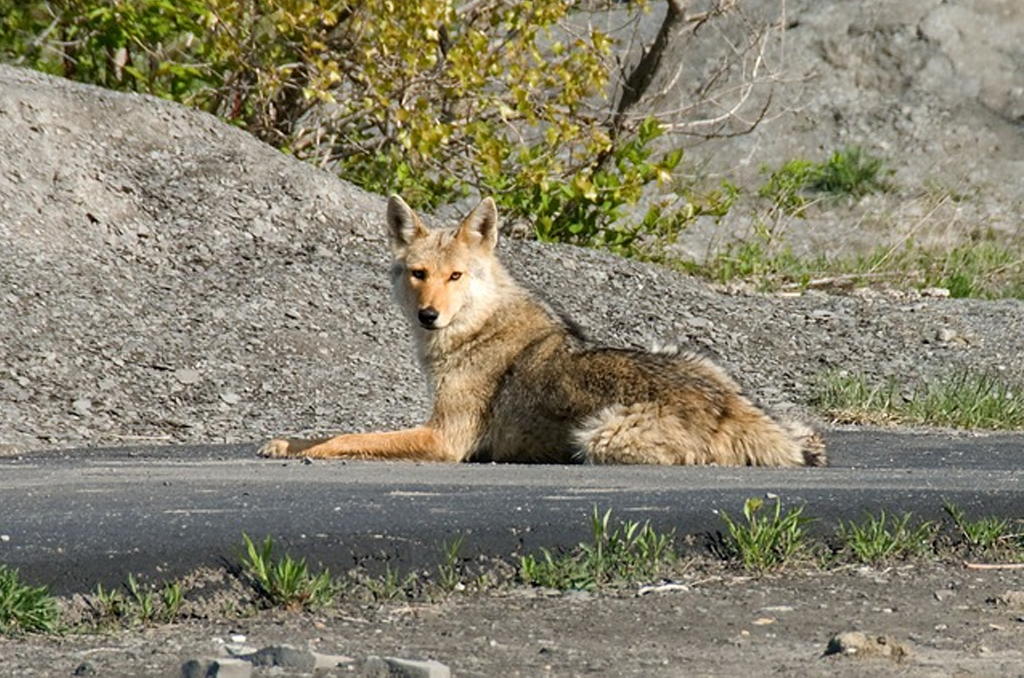Image by PublicDomainPictures from Pixabay
Florida is known for its diverse wildlife—most of which is constrained to the confines of the Everglades.
But just because we can’t see what’s out there, doesn’t mean we don’t know it exists.
Thanks to documentaries, wildlife photographers, and preservation teams, Florida’s wildlife is well documented and preserved enough to back up the expanding wildlife catalog.
And because it is so well documented, residents will know if something is disturbing the peace at any given moment. Therefore, let this article serve as a warning that coyotes have entered the “lookout” list in the Sunshine State.
Recently, coyotes have been spotted across South Florida in such alarmingly high quantities that Florida’s Fish and Wildlife Conservation Commission held an online seminar earlier this spring to inform Broward County residents how to deal with them if spotted roaming near their homes.
According to FWC data, there is no concrete number for the amount of coyotes in Florida, but they have been traced back to all 67 counties in the state and even on beaches.
Florida is no stranger to invasive species that pose threats to the existing ecosystem. Burmese pythons, lizards, and iguanas are some of the most prominent invasive species in Florida and have caused significant damage, so much so, some of the species can legally be hunted.
Coyotes can thrive and spread in practically any area because of their diet and hierarchy in the food chain. According to the FWC, coyotes eat anything they see, including small domestic animals, fruits, seeds, rodents, and even garbage.
“I don’t want to sugarcoat it for you,” said Angeline Barker, a biologist with FWC. “Coyotes and other wildlife, other predators will absolutely predate pets if they are free-ranging.”
However, coyotes are less likely to attack a human than most would expect. The FWC cautions getting near the animal and prefaces by saying that they are more afraid of humans than we are of them.
According to the FWC website, the average Florida coyote weighs about 28 pounds, and breeding happens once a year with pup litters ranging from two to 12 per cycle.
The first documented sighting of a coyote in Broward County dates back to 1990, according to Linda Briggs Thompson, environmental program manager for Broward County Parks and Recreation Division, via an email to CBS 4 Miami. Still, coyotes have inhabited Florida since the 1970s and have played a pivotal role in controlling rodent species and other small animals such as foxes.
As of now, there seems to be no concrete plan for decreasing the population of coyotes in the state, but the wildlife agency encourages residents to be prepared to “haze” the animal if spotted in close proximity to deter them from a potential attack.
Hazing is a non-harmful process in which residents can create noise or irregular movements to appear larger and imposing against the coyotes. No physical harm is done to the animal.
If you would like to see an interactive coyote in Florida map, click here. The map is updated frequently with documented sightings and calls.
Are you interested in Florida’s nature? For stories like this and much more: Florida Insider is dedicated to educating, entertaining and informing its readers about everything Florida. Easy to read content at the palm of your hands and covering the stories that matter.

William is a South Florida native with professional experience writing at the collegiate and national news outlet level. He loves fishing, playing soccer and watching sports in his spare time and is a fan of all South Florida teams.

